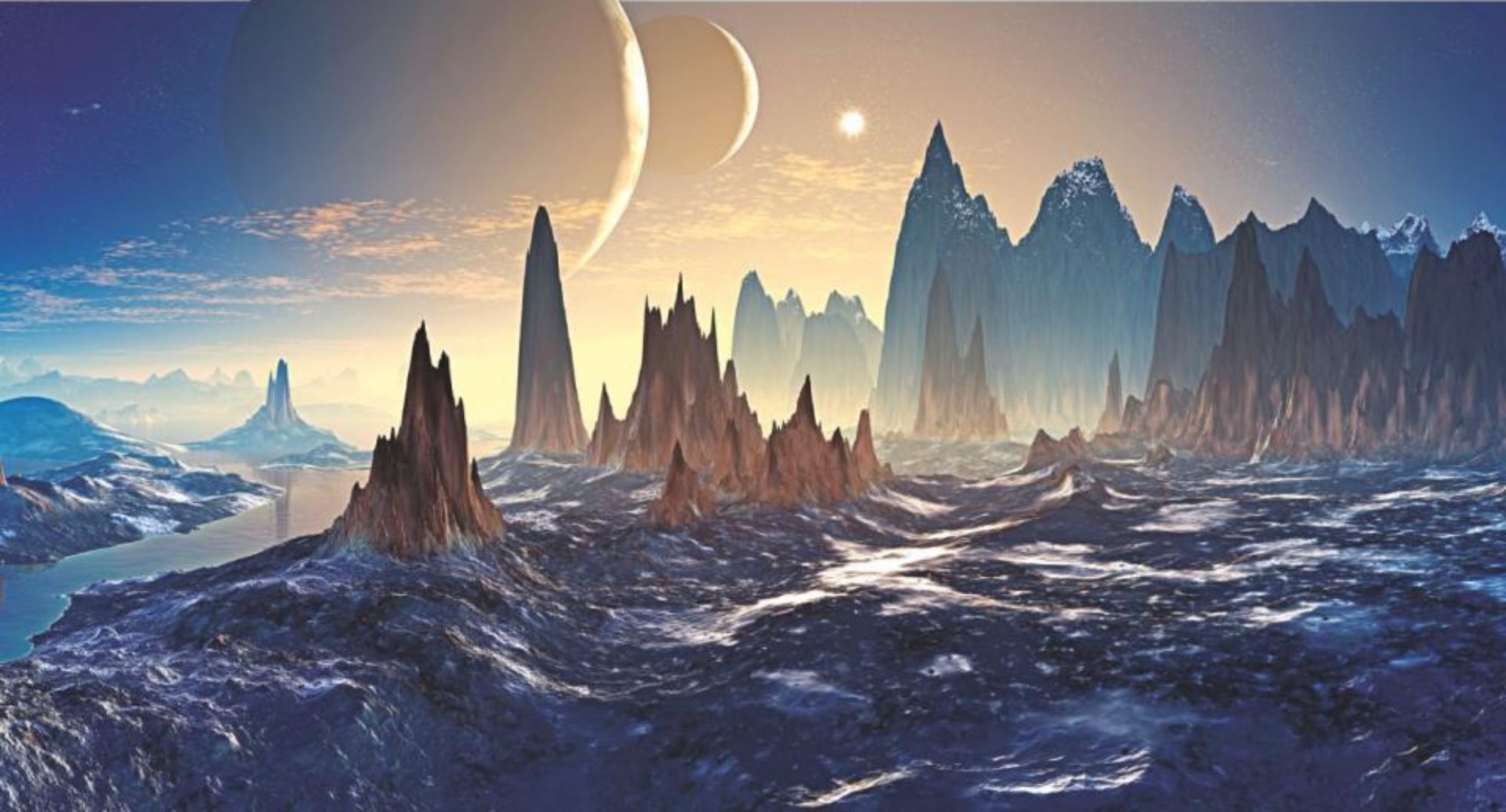(This material corresponds with a FB Live I did for Owl Hollow Press. I talk about geography in minutes 9:47-14:30.)
Setting can make or break a story. The setting sets the mood, creates both opportunities and challenges for the characters (and therefore, for the author), and shapes the culture and mobility of the story. Here, I want to focus on the importance of getting the simple geography of a story straight. In some of the cleanest manuscripts I work on, I’ll find inconsistencies in the geography. This might look like an inconsistent number of days traveling to City A from City B, or the small island that has cliffs but no mention of the climb it takes to get to the cliffs, or a canyon system where dangerous beasts live and only has one exit or entrance.
In Witches of Willow Cove by Josh Roberts, Robby and his friends use a tunnel system to get around their town. On my second edit, I was paying more attention to the details of the tunnel system, and realized there were several entrances that were described similarly but were actually different. It was an easy fix for Josh to clarify and make entrances distinct, but it went a long way in making the world of Willow Cove feel that much more real.

In Del Toro Moon by Darby Karchut, Matt and his family are responsible for keeping the skinners (think wolves that look like they’re made of ground meat) within the canyon–called the Maze–located a mile from their home in the valley. After my first edit, I mentioned in the developmental letter to Darby that I had difficulties visualizing the geography:
“How big is the valley (I was picturing half a mile, but someone mentions it being several miles long)? Does the whole valley slope down from the Gate, or is there just an incline as you approach the Gate? How long is the Gate corridor? How big around is the maze–could they ride around and check all the exits in a day? I think a little more description in that first chapter would smooth these confusions out.”
Darby dove headfirst into hammering out the details, and figuring out the Maze allowed her to figure out some other issues she was having with world building and character development. The power of consistent geography!

I recommend drawing a map of your world, whether it be an entire new world, a contemporary neighborhood, or even a single house. Draw what you think the geography is, and then reread your manuscript. Whenever you mention a specific detail—a road name, how long it took a character to get from the sea to the trader’s office, etc—add that detail to your map. As you add the details to your map, you’ll see whether or not everything matches up!
